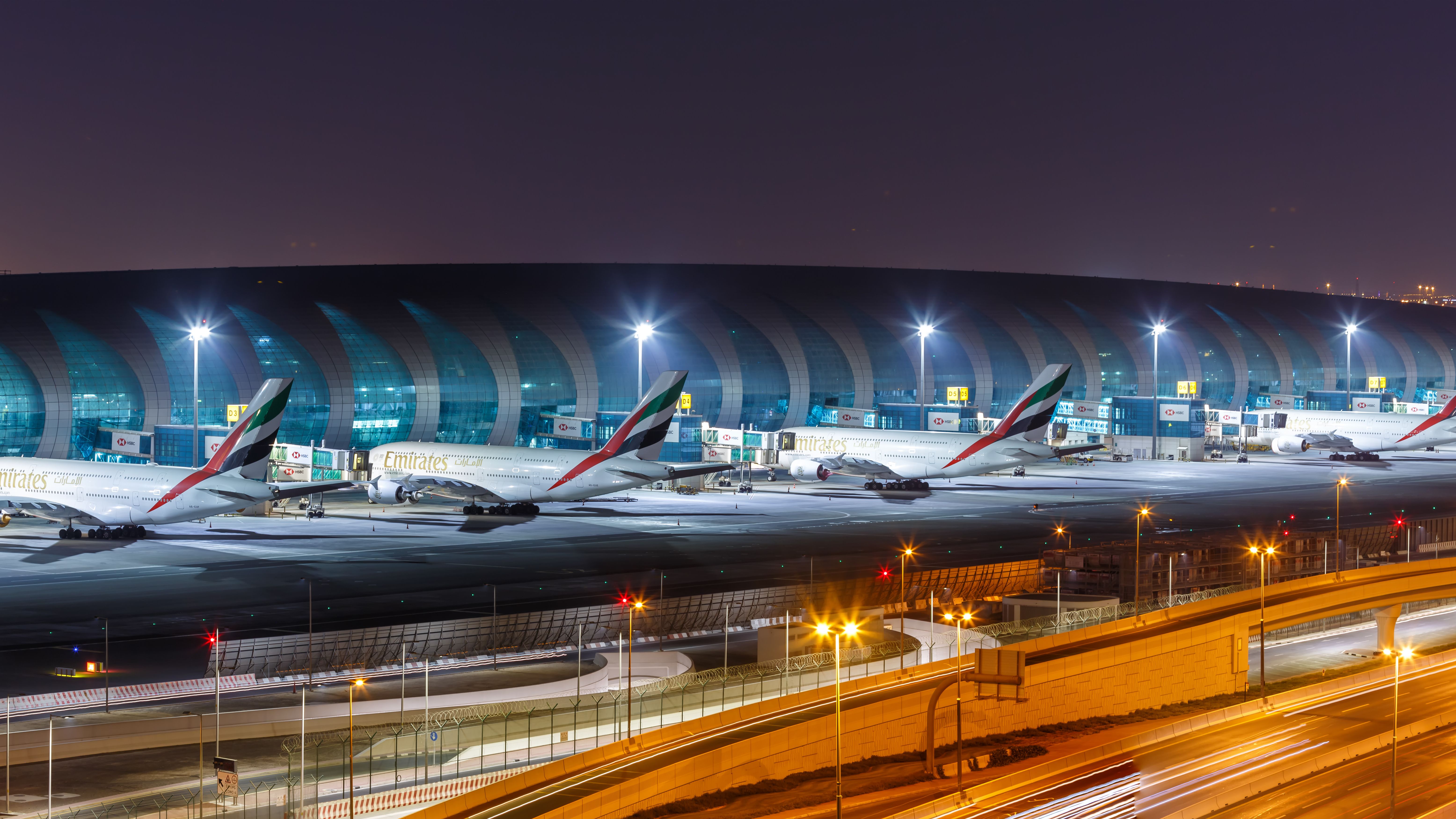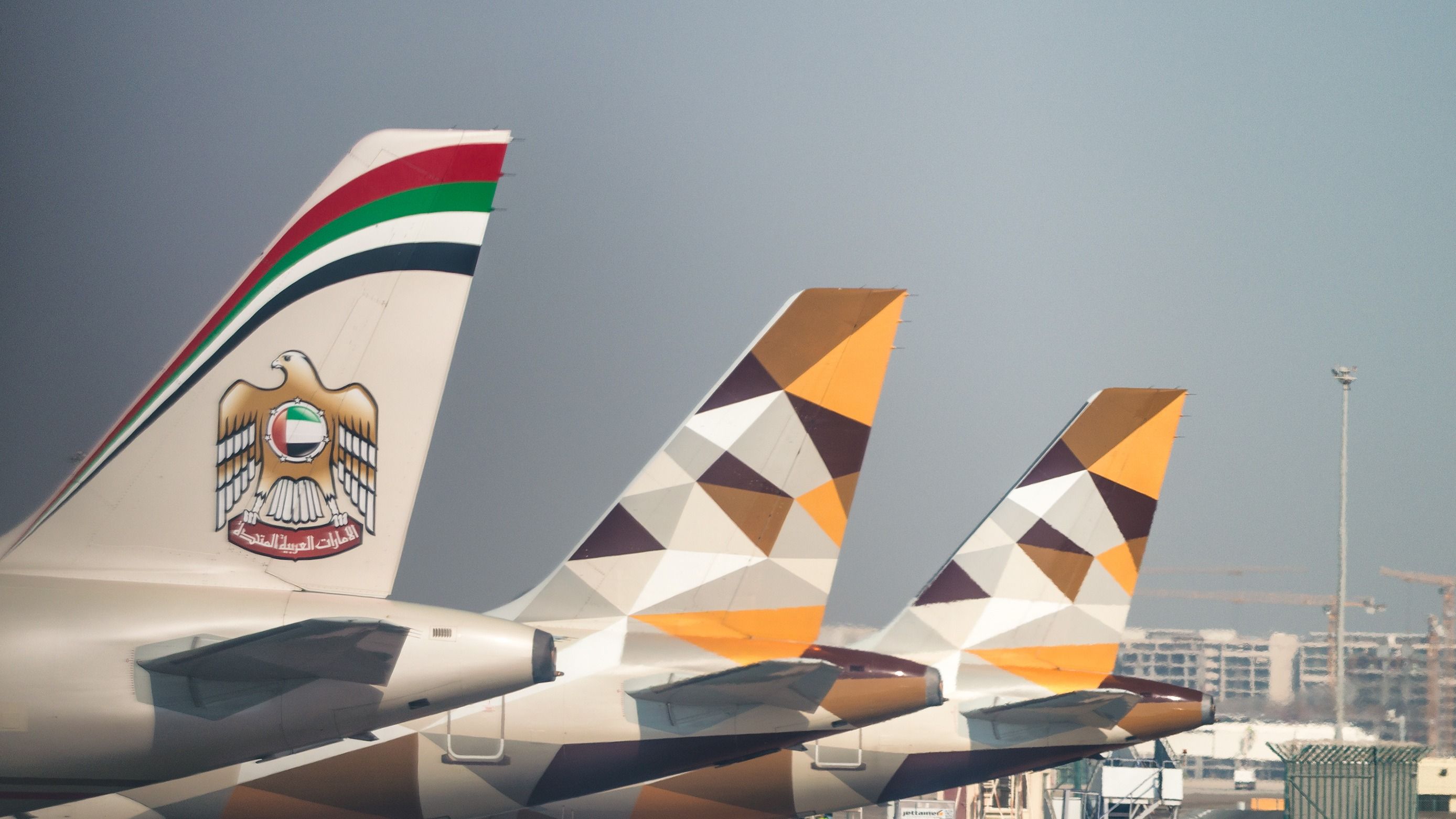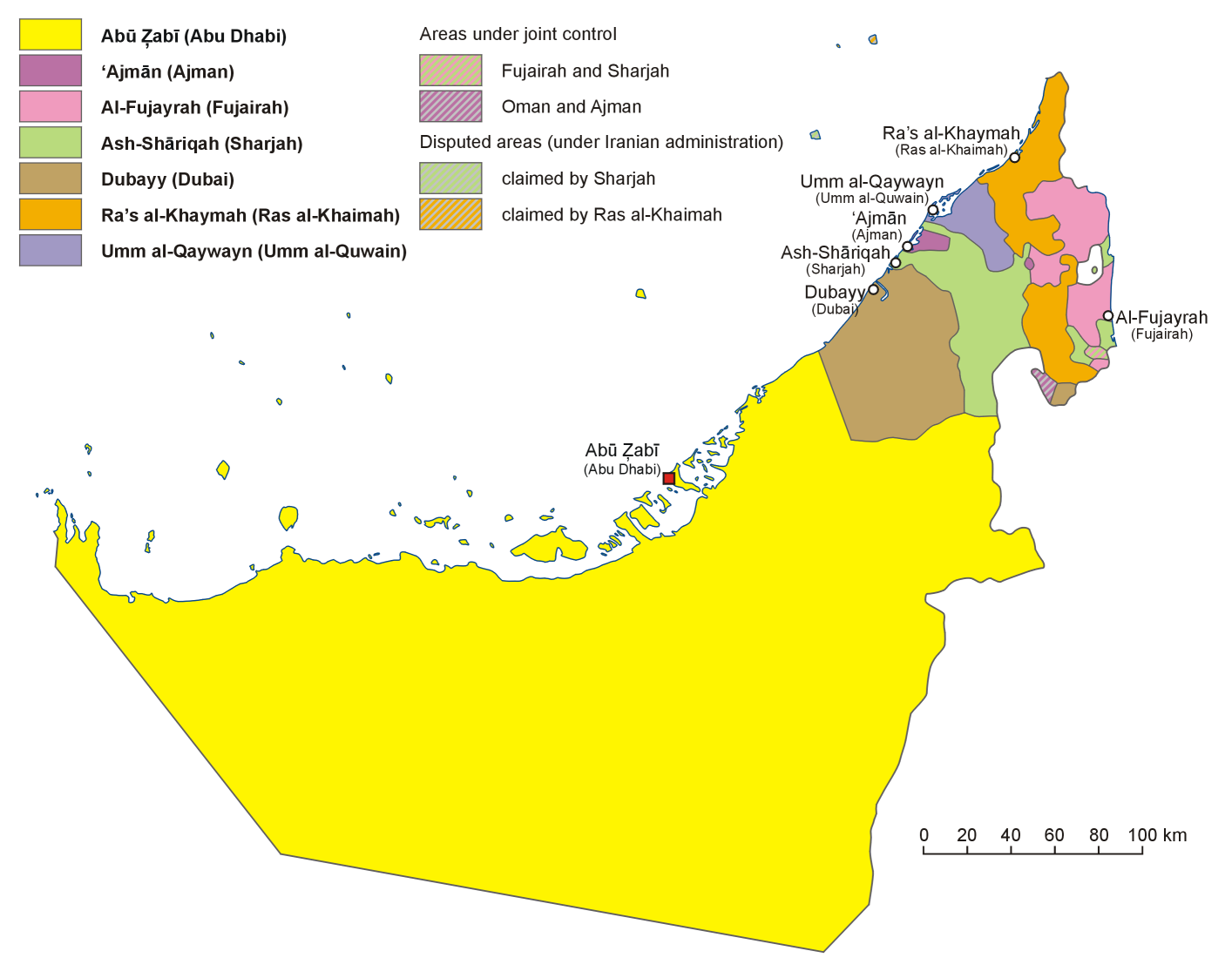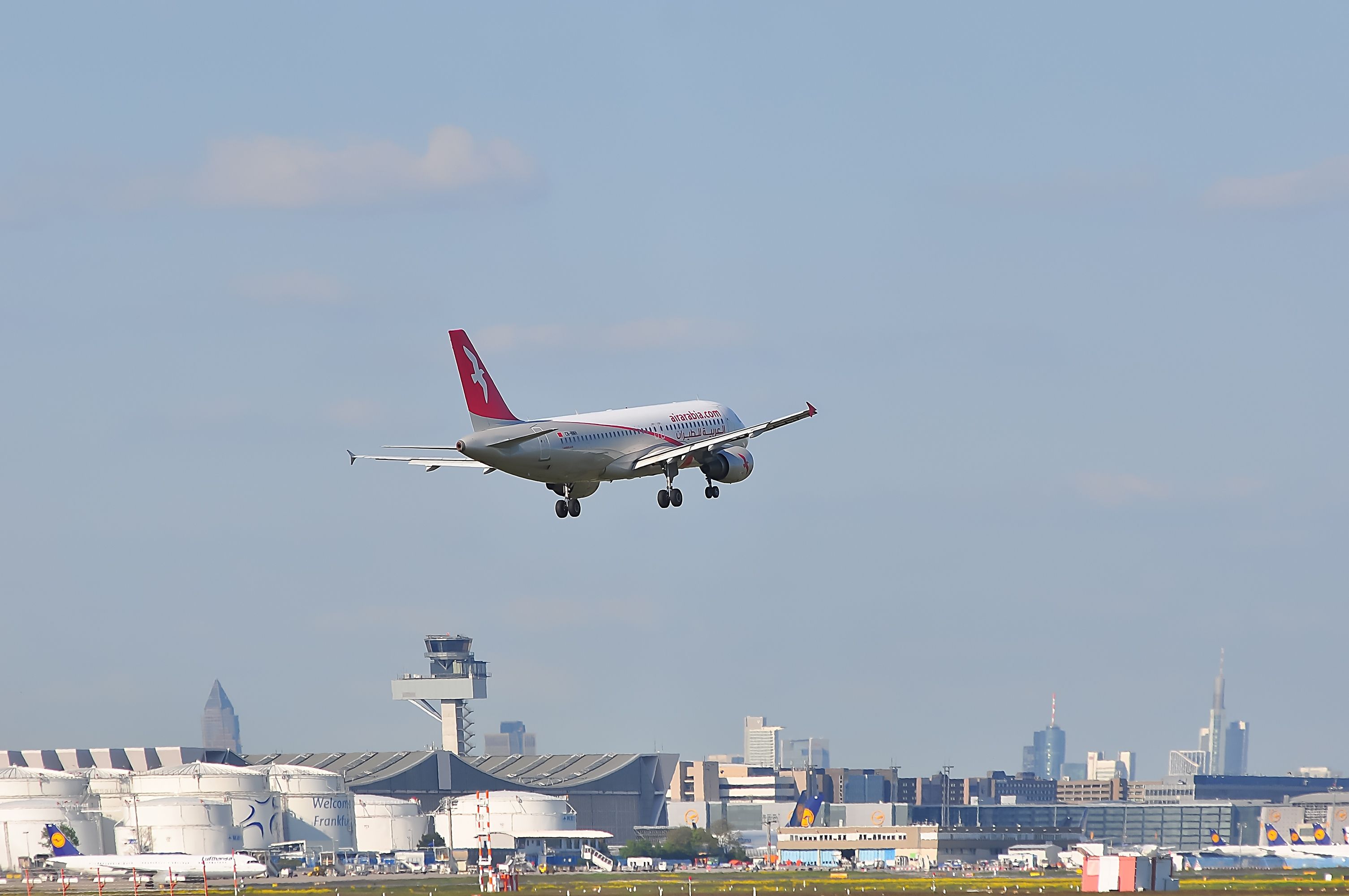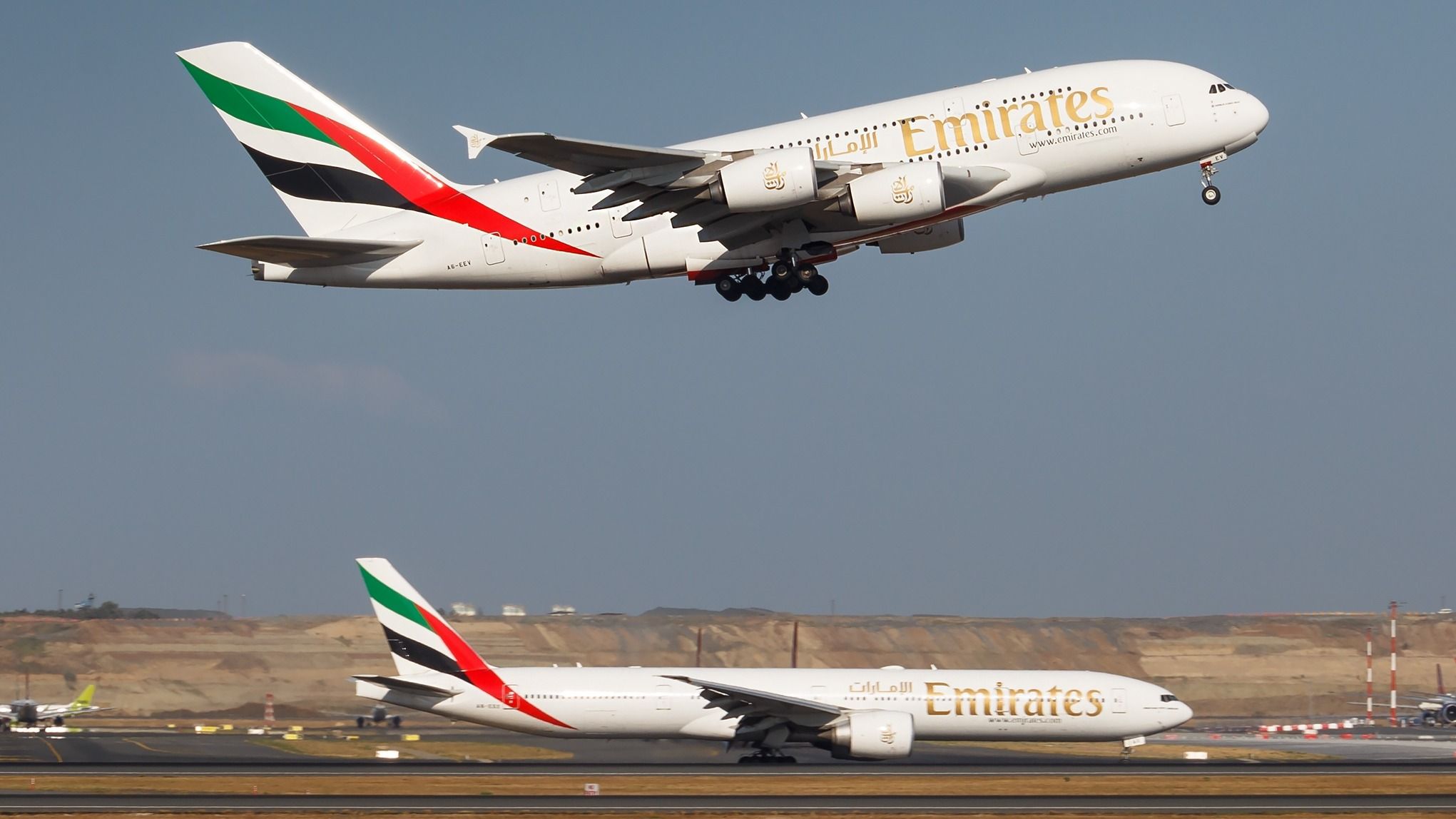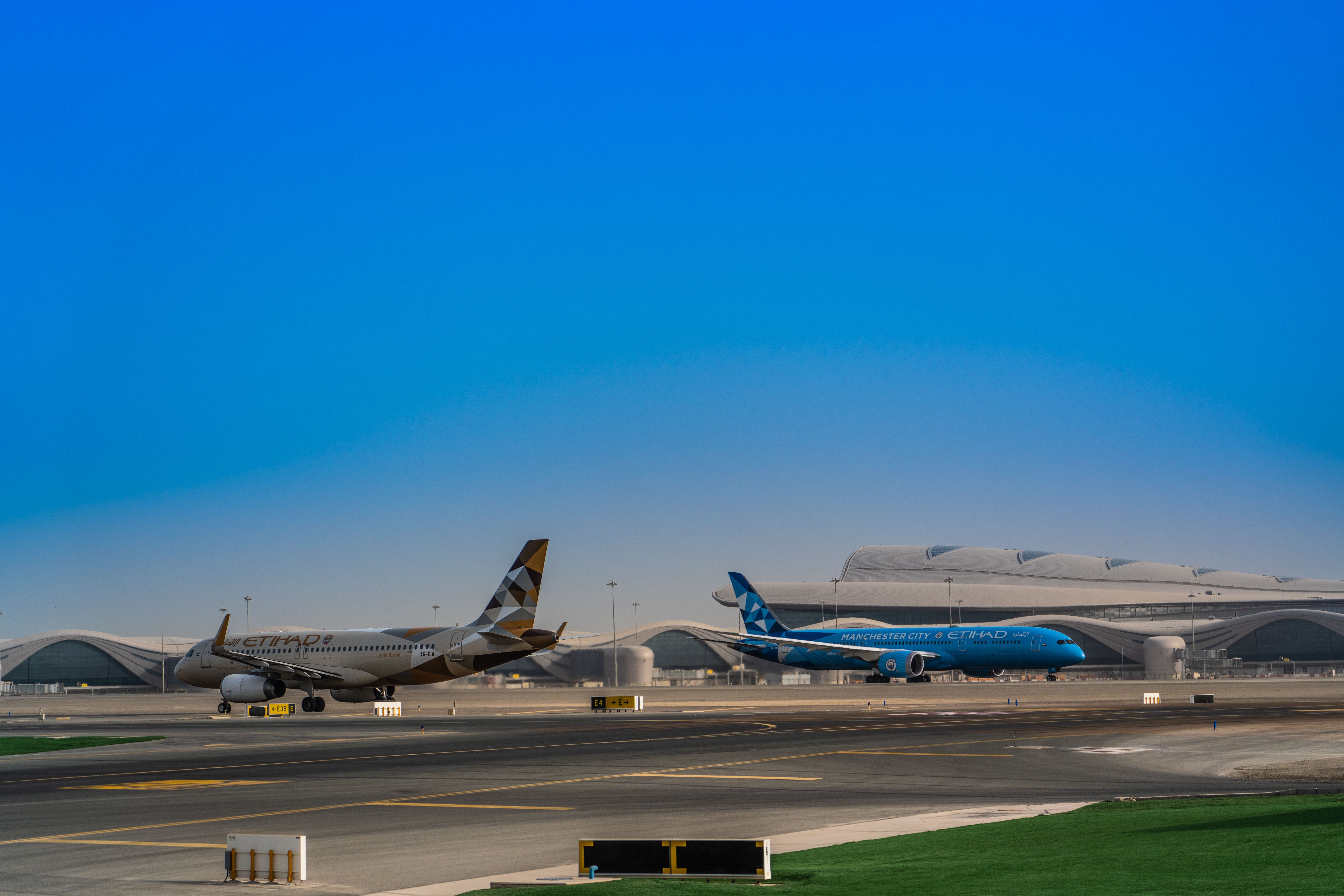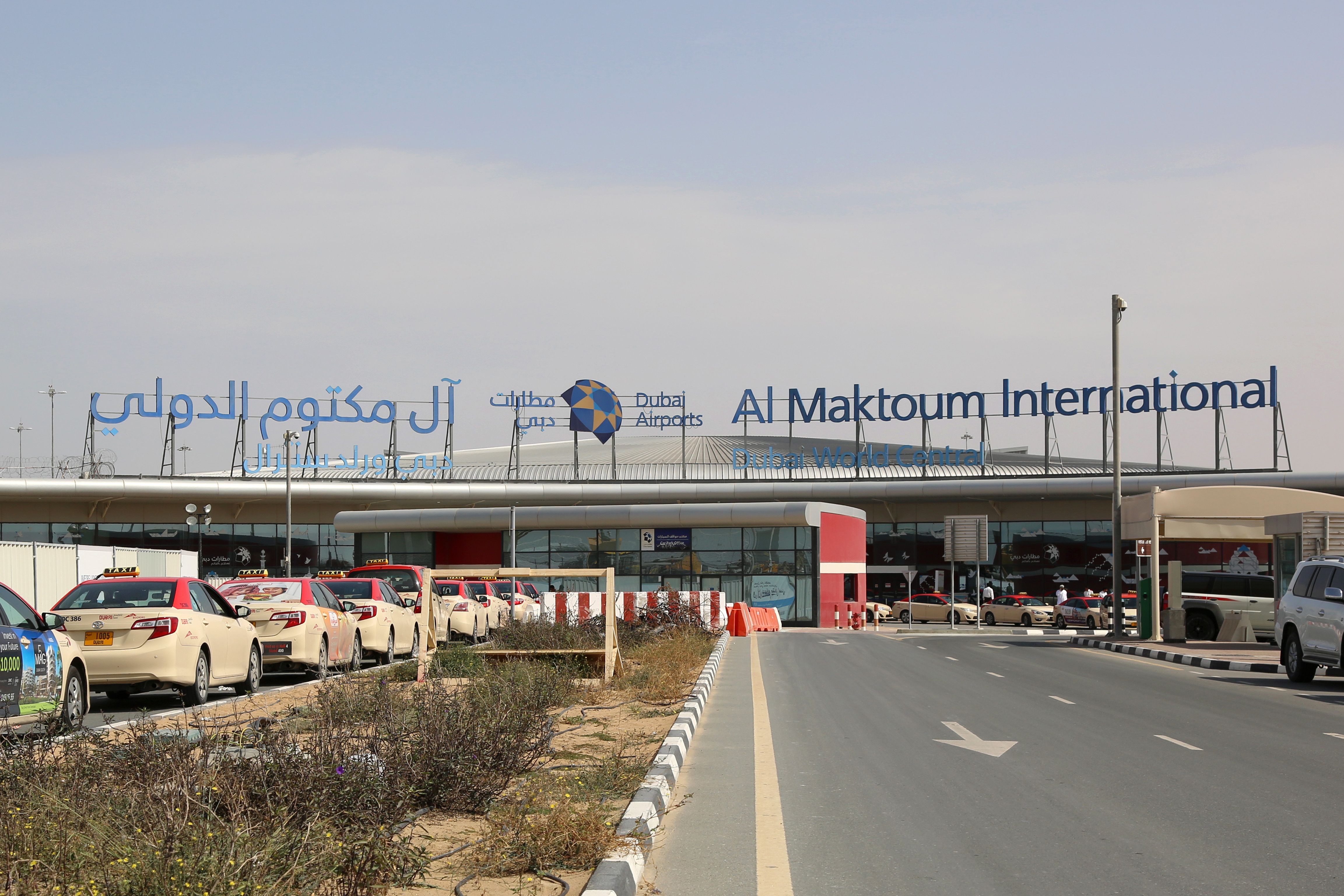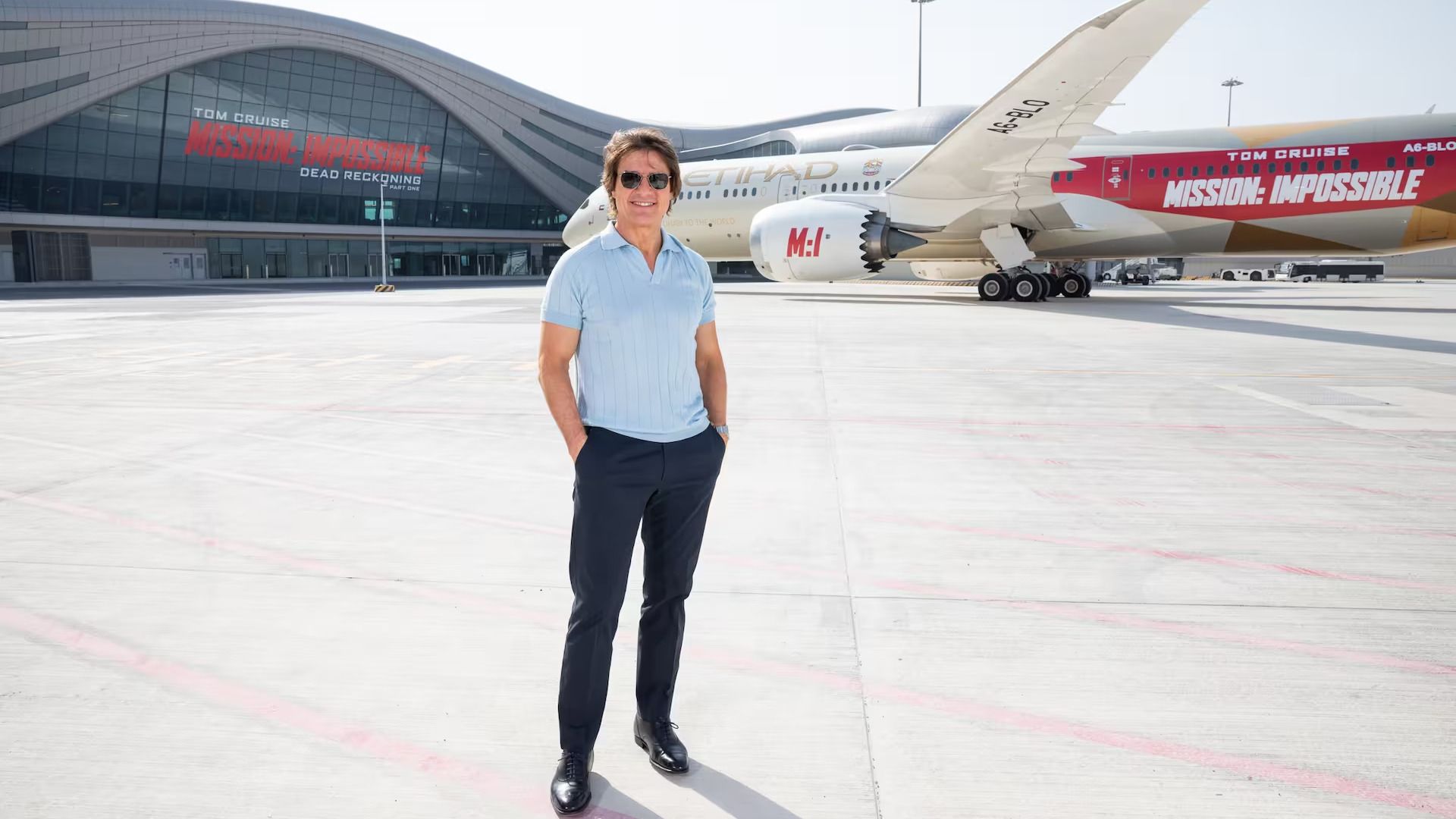It is common for countries to have more than one international airport, even those that are relatively small and unpopulated. The UAE, though, stands out, having far more than its population of fewer than ten million would suggest. But with multiple Emirates within the country, several airlines, and a leading position on the global tourism and economic stage, this makes sense.
Airports in the UAE
Everyone has heard of the large airports in Dubai (DXB) and Abu Dhabi (AUH), home to Emirates and Etihad Airways, respectively. Of course, these are both located in the same country, the United Arab Emirates (UAE) and are surprisingly close to one another at around 130km distance.
And they are not alone. There are at least 12 airports with IATA codes and several more with ICAO codes in the UAE (mostly small, private, or executive airfields). Of the IATA-registered airports, the following are the most significant:
- Dubai International Airport (DXB). The home base of Emirates, the largest airport in the UAE, and the world's second-busiest airport as of October 2023.
- Abu Dhabi International Airport (AUH). The home of Etihad Airways and the second-largest airport in the UAE.
- Dubai World Central / Al Maktoum International Airport (DWC). It opened in 2010 and is currently home to a handful of airlines, including several Russian carriers. It could eventually become the world's biggest airport handling over 200 million passengers per year.
- Sharjah International Airport (SHJ). A significant passenger and cargo airport in the north of the UAE. It is the main base for low-cost airline Air Arabia and also serves several international airlines.
- Al Ain International Aiport (AAN). Northeast of Abu Dhabi, serving a small number of regional flights.
- Fujairah International Airport (FJR). Fujairah Airport offers only a few regional passenger services and cargo flights.
- Ras Al Khaimah International Airport (RKT). In the far north of the UAE, it serves several regional flights, including Air Arabia and IndiGo.
- Sir Bani Yas Airport (XSB). A small airport serving Sir Bani Yas Island in the south of the UAE. It offers just a sole domestic service between Abu Dhabi.
- Al Bateen Executive Airport (AZI). A business airport near Abu Dhabi. It was the main airport before AUH was built in the 1980s.
Political situation
To understand why there are so many airports, we need to look at the political makeup of the UAE. While it is one country, it comprises seven separate Emirates - Abu Dhabi, Ajman, Dubai, Fujairah, Ras Al Khaimah, Sharjah, and Umm Al Quwain. Each of these Emirates has its own land area, its own government, and Sheikh ruler.
The history and operation of these Emirates are an interesting discussion but over the scope of this article. Importantly for this discussion, each Emirate takes responsibility for much of its own policies, controls, and financial affairs (but passes some revenue to the central UAE budget).
While they work together as the UAE, there remains an element of competition (and differing strategy) between the Emirates. And this has given rise to separate airports in each of the Emirates - Dubai and Abu Dhabi are the two most significant examples. Other airports in the country of course remain in the shadow of DXB and AUH, although Sharjah International Airport could be considered a breakout star with impressive growth in recent years.
Unsurprisingly, five of the UAE's Emirates have separate airports (Abu Dhabi, Dubai, Fujairah, Ras Al Khaimah, and Sharjah). These serve either their own airlines, or those that particular Emirate has negotiated links with. There are also trade links; several airports are used primarily for freight on behalf of that Emirate.
Two major airlines
As well as multiple Emirates with separate governments, the UAE has two main airlines. Emirates and Etihad are both government-owned airlines, but by separate Emirates within the UAE. This explains why they both exist and operate very separately and why, despite issues over the years, there is little chance of any merger between them.
These obviously account for the separate airports in Dubai and Abu Dhabi. And with significant expansion, they account for others too - Dubai World Central will evolve to be a new hub for Emirates, and Etihad has already outgrown its first airport, which still remains for private flights.
Other contributing factors
The UAE's strategic location between East and West makes it an ideal place for an airport. Both Emirates and Etihad have adopted a 'hub-and-spoke' model to take advantage of this, with their bases within flying distance of pretty much any major airport in the world.
The UAE has also skyrocketed in popularity as a tourism and business center in recent years, driving in more traffic and necessitating more than one international airport. While traffic understandably slumped during the pandemic due to international air travel grinding to a halt, the country's two main airports, DXB and AUH, are well on the road to recovery, with DXB currently ranking as the second-busiest airport in the world.
What next for the UAE?
As for the future, the UAE's growth looks set to continue - competition with regional rivals Saudi Arabia, which has its own hugely ambitious plans in the pipeline, has added a sense of urgency to the UAE's infrastructure development.
With a fully-developed Dubai World Central Airport on the horizon, the UAE will be home to the world's largest airport. Having put the project on hold, Dubai leaders are now eager to get it back up and running - DWC aims to serve a staggering 225 million passengers per year by 2050, aided by the massive 'Dubai South' development project.
This will be on top of a $2.5 billion investment in DXB, which will increase its capacity to up to 120 million annual passengers within 15 years.
Abu Dhabi Airport's brand-new terminal - as seen in the latest Mission Impossible movie - also recently opened its doors to passengers this month. This will boost the airport's annual passenger capacity to 45 million and help cement the UAE's status as one of the world's leading air travel centers.
Why do you think the UAE has built so many international airports? How often do you travel from the UAE? Let us know in the comments.

